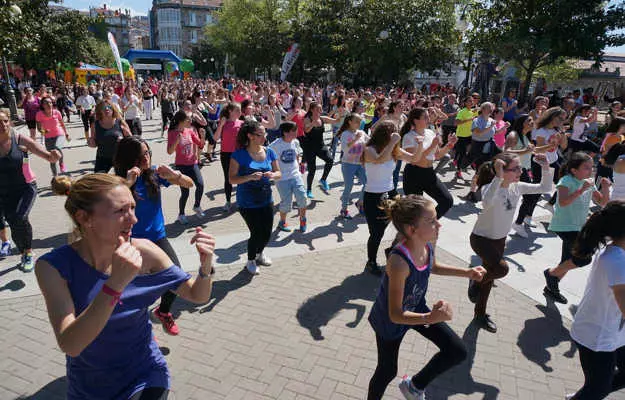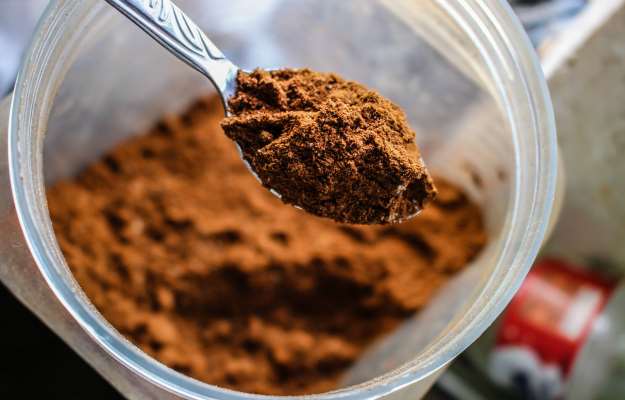Whether your goal is to lose weight, become fitter or add something new to your weight-training regime, any form of aerobic exercise can be a definite boon. The term is often used interchangeably with cardio training, but aerobics itself means with oxygen, and that is an apt enough explanation for the kind of physical activities that fall under it.
Rhythmic, sustained physical activity over a prolonged period of time at a low intensity is how one would define aerobic training. In contrast, anaerobic training - most commonly weight or resistance training - requires short bursts of energy at short intervals for muscle development.
Regular aerobics can improve your cardiovascular fitness and prevent heart diseases. Some examples include cardio machines like the treadmill or the elliptical (cross) trainer, jogging, walking, swimming, cycling or the dance fitness and kickboxing group classes we have seen become such a big trend all over.
Pursuing any of the above mentioned activities at a high-intensity can turn it into an anaerobic exercise, so ensure that the activity you're performing is the right one for you, and performed at the right level. While researches say a mix of aerobics and strength training activities make it the perfect blend in the pursuit of fitness, each individual may have a different fitness goal than the other.
Read more: 10 common misconceptions about working out
















